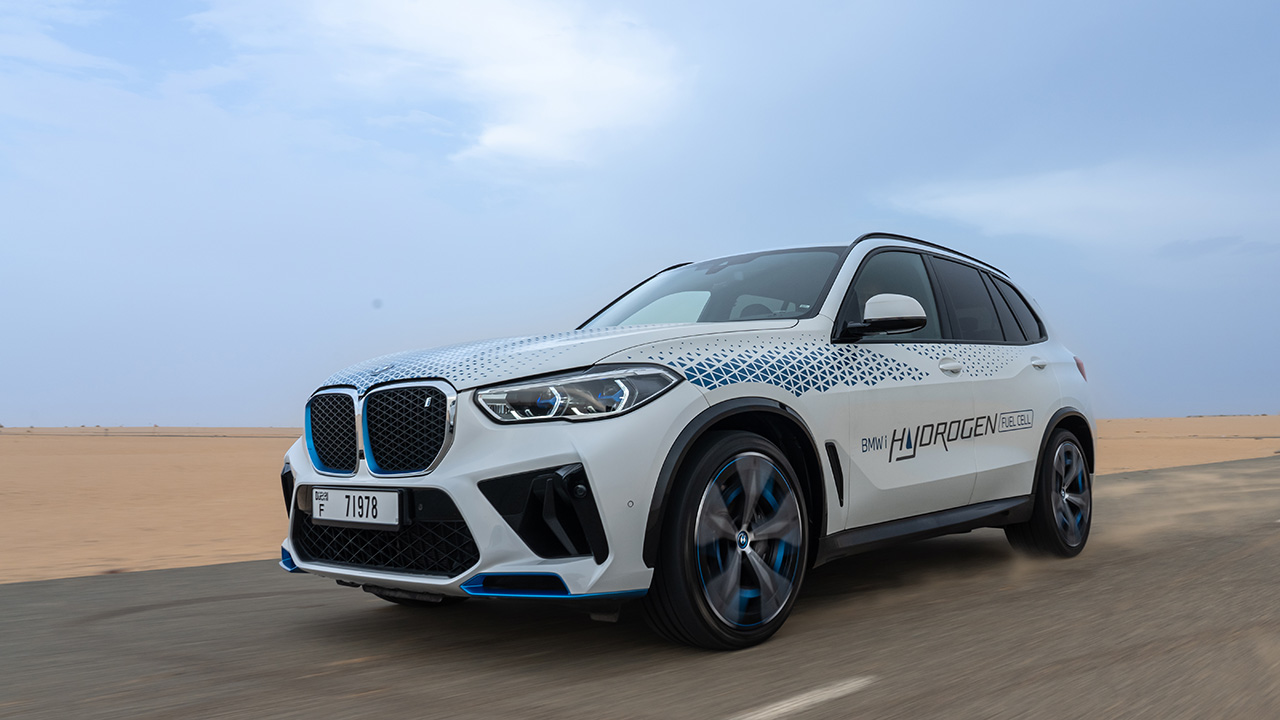Vehicles from the pilot fleet are currently in action in Europe, Japan, Korea, China, the USA and the Middle East. The aim is to shine a spotlight on the everyday usability of hydrogen-powered vehicles, and beyond that to gain important knowledge for the development of a potential series-produced model.
The BMW Group is using the pilot fleet to provide support on a regional level for the development of a refuelling infrastructure which can be used with 700-bar refuelling technology across all categories of vehicle – from passenger cars and small vans to buses and heavy-duty commercial vehicles. Synergies between different areas of application also offer important scope for developing a strong network of suppliers in hydrogen technology and reducing costs.
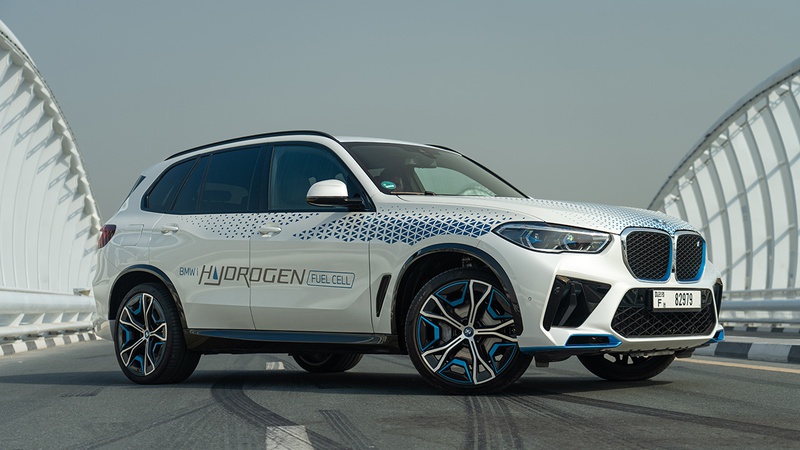
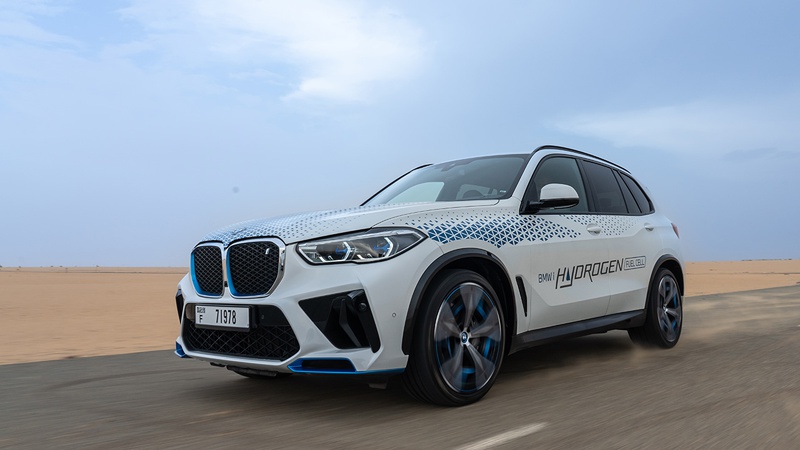
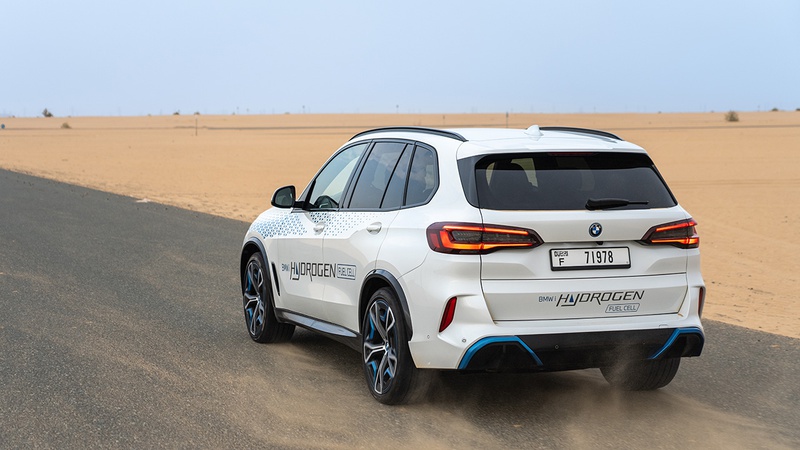
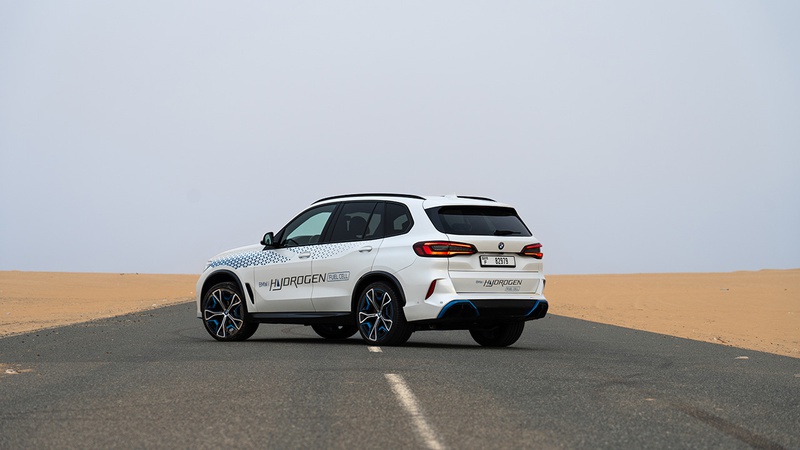
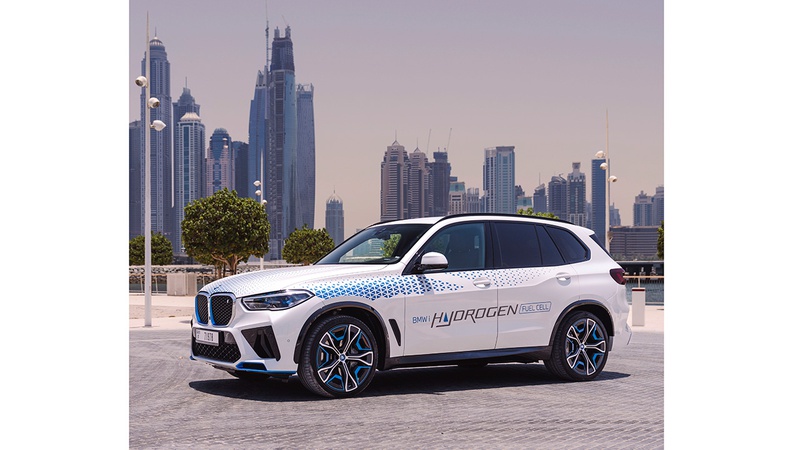
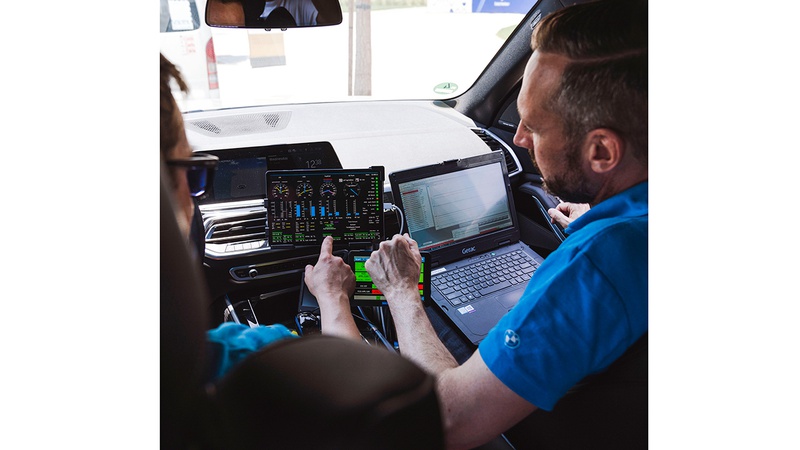
BMW iX5 Hydrogen hot climate testing
The BMW iX5 Hydrogen has a fuel cell system generating output of 125 kW/170 hp and a highly integrated drive unit using fifth-generation BMW eDrive technology (the electric motor, transmission and power electronics are grouped together in a compact housing). The output of the overall drive system is 295 kW / 401 hp. The hydrogen needed to power the fuel cell is stored in a pair of 700-bar tanks made from carbon-fibre-reinforced plastic (CFRP). Together, these tanks can hold around six kilograms of hydrogen. This storage capacity gives the BMW iX5 Hydrogen a range of 504 km (313 miles) in the WLTP cycle.
As BMW explains in the press release, the iX5 Hydrogen combines long-distance capability and short refueling stops with locally emission-free driving. Given the right conditions, hydrogen fuel cell technology has the potential to become another pillar in the BMW Group's future powertrain portfolio.
Source: BMW
